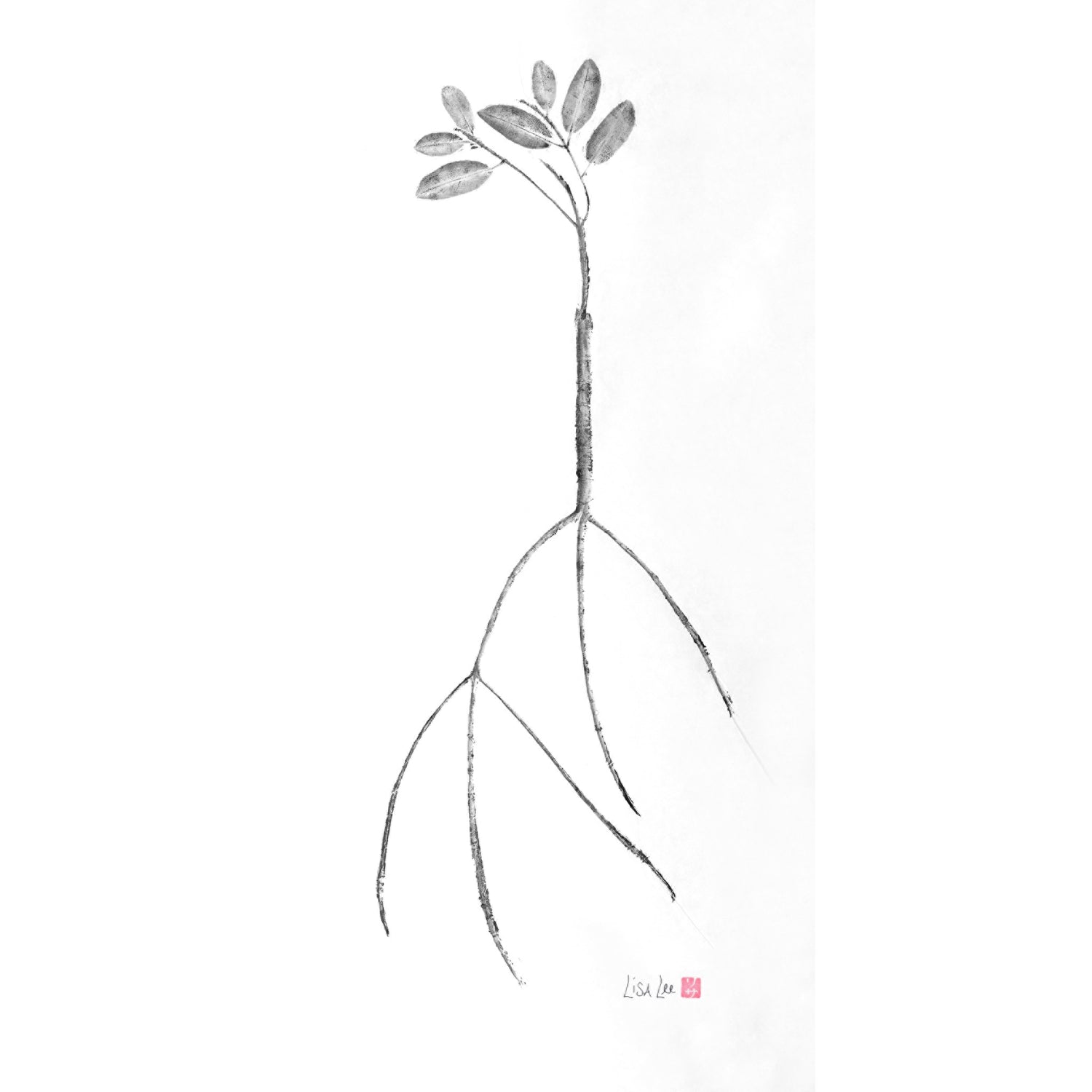General FAQ's
What is Gyotaku?
Gyotaku is a traditional Japanese printmaking method where a fish (or other marine subject) is inked and then pressed onto paper or fabric to create an impression. It originated in the 1800s as a way for fishermen to record their catch, and has evolved into an art form.
Are your prints originals or reproductions?
I offer both. Some pieces are one-of-a-kind original gyotaku prints. Others may be archival prints (reproductions) of an original work, depending on the listing.
- If it’s original: it was made by hand, using the fish printing technique.
- If it’s a reproduction: it’s printed on high-quality archival paper with archival inks.
What print sizes are available?
Standard print sizes are listed on each product page. The reproductions are either 11″×14″ or 10"x20" sizes. Custom sizes may also be possible — please contact me for special sizing.
What paper do you use?
Originals are typically painted on Japanese hand pressed mulberry paper while reproductions are typically printed on Bamboo paper.
How should I care for my print?
Avoid prolonged exposure to direct sunlight (UV can fade inks/paper).
• Handle with clean, dry hands or gloves to prevent oil transfer.
• Use archival matting & framing materials (acid-free mat board, UV-filter glazing) for optimal longevity.
• Ensure the print is protected from humidity and direct contact with walls or other surfaces.
Can I request a custom gyotaku piece?
Absolutely! Whether you have a special fish, marine subject, or size requirement, I’d love to discuss a commission. Please contact me with your ideas and we’ll work out the details (size, subject, medium, timeline).
Framing Specific FAQ's
I’d like to frame my print and possibly add a mat — how do I figure out what size frame I need?
1. Decide on the width of the mat border (the space between the edge of your print and the mat opening). Example: you might choose a 2″ mat border all around.
2. Add the mat border width twice (top+bottom, left+right) to the print dimensions. For an 11″ × 14″ print:
width = 11″ + (2″ × 2) = 15″
height = 14″ + (2″ × 2) = 18″
So you’d look for a frame that accommodates a 15″ × 18″ overall size (print + mat).
3. Standard ready-made frames come in sizes like 16″ × 20″, 18″ × 24″ etc. If you pick a 16″ × 20″ frame, you’d get a larger border (mat border maybe ~2.5″ on one side) or you could crop slightly differently.
4. For an 11″ × 14″ print with a larger mat, you could pick a 16″ × 20″ frame and then have the mat opening slightly smaller than 11″ × 14″ (for example 10½″ × 13½″) so the print is slightly overlapped by the mat edge (a common framing practice).
5. If you want minimal border, you could choose a frame sized exactly for the print (11″ × 14″) with little or no mat — but for aesthetic reasons many prefer some mat space.
Will I see the entire print if I choose a standard frame size?
Possibly not — if you pick a standard frame and mat opening exactly your print size (11×14) then yes the entire print will show. If you pick a larger mat opening or different proportions, you may see more border around the print (mat area) or the print might be slightly covered by the mat edges.
Should I look for a custom frame or a ready-made frame online?
Ready-made frames (e.g., 16″ × 20″) are affordable and quick.
Custom frames allow you to pick exact dimensions (mat opening, border width, molding style, glass type, backing, mounting) and are ideal for unique pieces or special framing.
If using a ready-made frame, ensure the mat opening size fits your print’s visible area and that the overall frame size is large enough.
Which materials should I use when framing to preserve the print?
- Mat board: choose acid-free / archival mat board (this prevents yellowing over time).
- Glazing: use UV-filtering glass or acrylic (plexiglass) to reduce light damage.
- Backing: archival foam-core or acid-free backing.
- Mounting: prints should be mounted in a way that allows for expansion/contraction (especially if paper is thin) — avoid adhesives directly on the artwork if possible; use hinging or archival strips.
- Frame depth: ensure the frame has enough depth to accommodate the print, mat, and glazing without pressing the paper.
I’m buying a frame online — what do I search for?
Use key terms like:
“16×20 ready-made frame with mat opening 11×14”
“Archival 16×20 picture frame with 2″ mat border”
“Custom 15×18 frame for 11×14 print with mat”
Check product specifications: make sure the visible opening size (mat opening) is at least slightly less than your print size so that the print is held securely behind the mat; the outer frame size corresponds to the overall dimensions.
Not finding the answer you’re looking for?
Send us an email and we’ll get back to you as soon as possible.
